It’s said that Christopher Nolan spent ten years writing his screenplay for Inception. Am pretty sure that Nolan must have rewritten this story, again and again, finding that every change had a ripple effect down through the whole neatly interwoven fabric. The story can either be told in a few sentences, or not told at all!
The film’s hero tests a young architect by challenging her to create a maze, and Nolan tests us with his own dazzling maze. We have to trust him that he can lead us through, because much of the time we’re lost and disoriented. If you knew how it ended, that would tell you nothing unless you knew how it got there. And telling you how it got there would produce bafflement. To say that scratches the surface would be an insult to both scratches and surface. But since it takes Nolan about fifty minutes to set everything up, I hope you’ll forgive my brevity.
The movie is all about process, about fighting our way through enveloping sheets of reality and dream, reality within dreams, dreams without reality.
Inception is proof that people are not stupid, that cinema is not trash, and that it is possible for blockbusters and art to be the same thing.
The film deserves, demands, and rewards repeat viewings, that’s demanded intense viewer concentration, raised thoughtful and complex ideas, and wrapped everything all in a breathlessly exciting action film.
Ultimately, that has redefined my concept of ‘sweet dreams’ since then ![]()
Things one misses out due to ‘syncope’
Nolan is a filmmaker whose commitment to a theme follows through company and films.
The labyrinth in the Inception pic posted above actually resembles Nolan’s production company Syncopy (which derives from syncope, the medical term for a transient loss of consciousness)
In the book, Gödel, Escher, Bach (GEB): An Eternal Golden Braid by Douglas Hofstadter there is a great deal said about canon, counterpoint and specifically the fugues of Bach.
A fugue is a technique of composition in which the piece is based on a short, often very simple theme called the ‘subject’. The essence of the idea is that the subject is repeated all over the fugue, introduced at different stages and in different voices (The trumpet sound when one is in a dream in the movie is actually the slowed down version of the prelude to the song). Hans Zimmer read GEB because it combined the idea of playfulness in mathematics and playfulness in music & also for research and inspiration for writing the score for Inception.
You may think inception is impossible—that you can’t implant ideas into others’ minds—but that is what movies do best. Like Inception implanted into you the idea that reality may be a dream.
Cobb is not the only one who knows how his totem works. When Ariadne calls totems an “elegant solution for keeping track of reality” and asks Cobb if it was his idea, he replies, “No . . . it was Mal’s actually . . . this one was hers. She would spin it in the dream [and] it would never topple. Just spin and spin.” He told Ariadne how it works! It can no longer tell him whether he is in one of her dreams (or one of the Fischer inception dreams that she designed). Worse yet, as that same line reveals, the top was once Mal’s—so she knows how it works too. Sure, Cobb thinks she is dead, but he only thinks that because she threw herself from a window—a window in a world that Cobb couldn’t prove was real. Mal might have been right; they could have still been dreaming. So, even if the top did fall at the end of the movie, Cobb could still be in Ariadne’s or Mal’s dream.
Totems work because only their owner knows how they actually behave in the real world, and other dreamers will assume that they behave as such objects usually do in the real world.
Cobb’s Totem: Works Backwards!
Totems behavior should be unique in the real world, but ordinary in a dream. Instead, behavior of Cobb’s totem in the real world is ordinary (it falls) and in a dream it’s unique (it spins continuously without toppling!). The top falling tells us nothing. If it is going to be reliable as a dream detector, no one can know how Cobb’s totem works in the real world. Yet everyone knows that tops fall in the real world. So even if Cobb’s top falls at the end, he could still be in anyone’s dream.
Cobb is Unreliable
- Cobb himself is unreliable narrator of the movie. As Arthur tells us, “…you’ve noticed how much time Cobb spends doing thing he says never to do.” We see two versions of some events that he himself recounts.
– E.g., one version of him and Mal on the train tracks when they are young and another when they are old.
The Ending is more clever than we thought!
What’s clever about the ending is not the ‘final cut’, what’s clever is the magic trick. Nolan misdirects us, making us pay attention to the wrong thing—the top—to try to find a clue about whether Cobb made it home. While you are watching the top, something happens that reveals that Cobb is probably still dreaming.
But to understand why, some background is needed. What is clever about the ending is not the fact that it is a clever cliffhanger. It is clever because it tricked you into thinking that it was a clever cliffhanger, when it isn’t a cliff hanger at all! You should have already suspected that he was still dreaming and realized that the top is a red herring!
Nolan misdirected you! At first you were confused, then you thought you had it figured out…but when you start to think about it, everything you thought you had figured out, you actually misunderstood!
At both the beginning and ending of the film, we see that Saito dreams of a mansion on the ocean—a house, as it is described in the shooting script, “on a cliff”. When Cobb returns to his children at the end of the film and asks them what they have been doing, they say they are building “a house on the cliff”. It seems that Cobb is in Saito’s dream, and an element of Saito’s subconscious is peeking through!
Why think Cobb is in Saito’s Dream?
When Ariadne and Fischer committed suicide in Limbo, they just went one dream layer up—back to Eames’ snow fortress dream. Wouldn’t Saito have done the same after killing himself in Limbo—gone back up to Eames’ snow fortress dream—only to find that dream level abandoned? The rest of the team was back to Yusuf’s kidnap dream before Cobb and Saito had awoken.
Might Saito have remade that dream level based on his own expectation — finding himself in the plane—and Cobb entered it after he committed suicide in Limbo? After all, Saito would have shot himself first.
The Questions Continue
If, when you exit Limbo, you just go “one layer up”—like Ariadne and Fischer—where did Mal and Cobb go after they were struck by the train in Limbo? We see them awake on an apartment floor, hooked up to a PASIV device. But is that reality? Cobb tells Ariadne that he and Mal slipped into Limbo while “exploring the concept of a dream within a dream”. They were in a multilayered dream and he pushed them too deep. Wouldn’t they have simply awoken from Limbo, one layer up—in the deepest layer of the multileveled dream that led them to Limbo? If so, Mal was right. They were still dreaming. The real world was not really real at all. The entire movie was a dream, from beginning to end! There are many clues that suggest exactly this.
Clues that COMPLETE movie is a DREAM!
Clue #1: The Mombassa Chase
The chase scene in Mombassa, for example, has many ‘dream-like-qualities.’
1) The overhead shots establish that Mombassa is a maze— just like one of Ariadne’s designed dreams.
2) Agents (projections?) inexplicably pop up around every corner.
3) The walls of buildings literally close in around Cobb—just like in dreams.
It’s a maze!
Cobol Agents…out of nowhere!
The Walls Are Closing In!
Clue #2: Miles’ Quote
When Cobb speaks to his father-in-law, Miles about Mal’s death and getting home to his children, Miles specifically tells him to “Come back to reality.”
Clue #3: Running Time
The song the dreamers use to herald the end of a dream is Edith Piaf’s original recording of “Non, Je Ne Regrette Rien” (No, I Regret Nothing.) When the song is done, the dream is over. That recording is 2 minutes and 28 seconds. Inception is, exactly, 2 hours and 28 minutes!
Could it be, just like with shared dreaming, when the movie is done, the dream is over?
Clues that it is NOT a dream
Clue #1: Cobb’s Children
Cobb’s children, at the end of the film, are older, wearing different clothes, and even played by different actors.
Clue #2: The Wedding Ring
Cobb’s wedding ring could be his real totem. (He never wears it in the real world, except in flashbacks )
Nothing can be proven
The fact is, pointing to clues in the movie is never going to settle the issue. The movie is ambiguous—Nolan has even admitted that he intentionally made it so. Nothing will definitively prove whether or not the entire movie, or even the ending, is a dream.
– The “dream clues” could merely indicate that Cobb is losing his grip on reality.
– The “not a dream” clues could merely reflect Cobb’s assumption that he is not dreaming.
Does Nolan’s answer matter?
One might think that the movie is all a dream only if director Christopher Nolan wanted it to be all a dream.
- But do “authorial intentions” dictate meaning?
- Can Inception only be “rightly interpreted” in a way that coheres with the author’s intentions?
- Or might a work of art belong to everyone once it is “released to the public”?
Other Questions raised by the movie:
- Is inception really possible? (Isn’t that what movies and advertisements do?)
- What is time and can it really slow down in dreams?
- Are real paradoxes—like real Penrose steps—possible?
- If we can’t tell whether Cobb is dreaming, can we tell whether we are dreaming…right now?
- Can you be held morally responsible for what you do in a dream?
- And many more…
 Well, last night I had a dream. I dreamt that I dreamt about writing an ‘insight review’ for a movie that I’ve dreamt about; but the ambiguity of the plot is what keeping me wondering all the time about possible interpretations leading up to no certain conclusive viewpoints. The movie is a perplexing labyrinth without a simple through-line. I think when Nolan left the labyrinth, he threw away the map.
Well, last night I had a dream. I dreamt that I dreamt about writing an ‘insight review’ for a movie that I’ve dreamt about; but the ambiguity of the plot is what keeping me wondering all the time about possible interpretations leading up to no certain conclusive viewpoints. The movie is a perplexing labyrinth without a simple through-line. I think when Nolan left the labyrinth, he threw away the map.
- Amit Patil, BTech Production


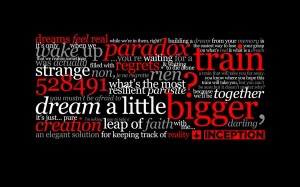


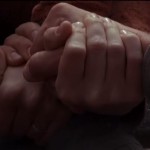

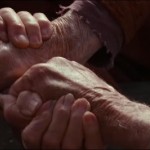
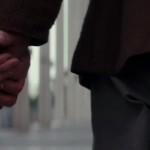
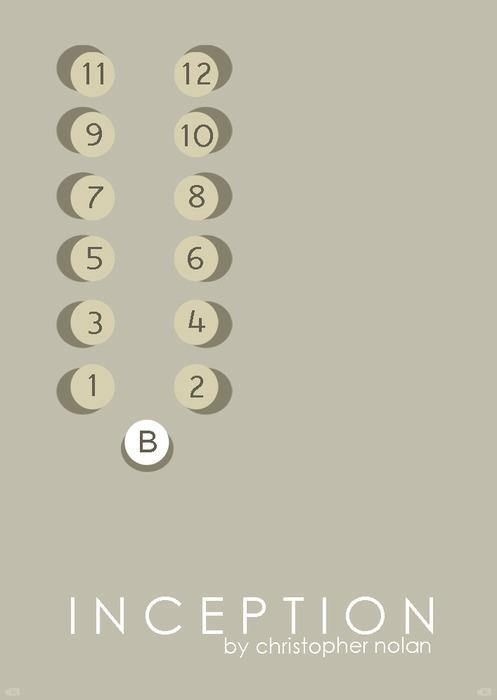
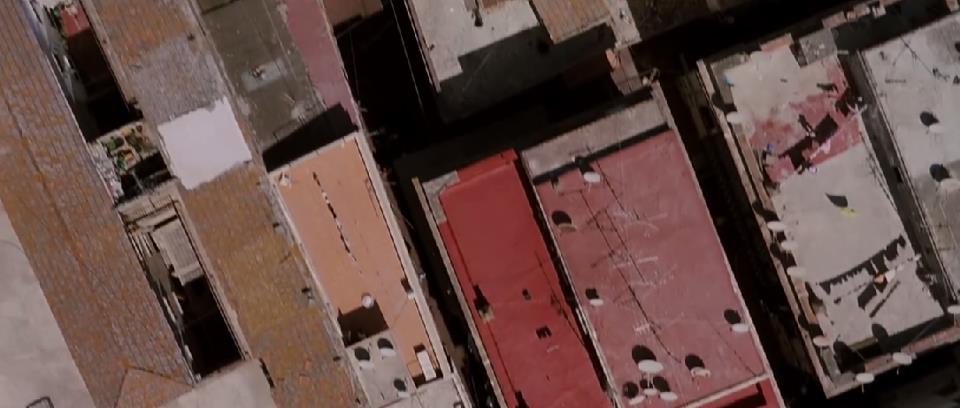
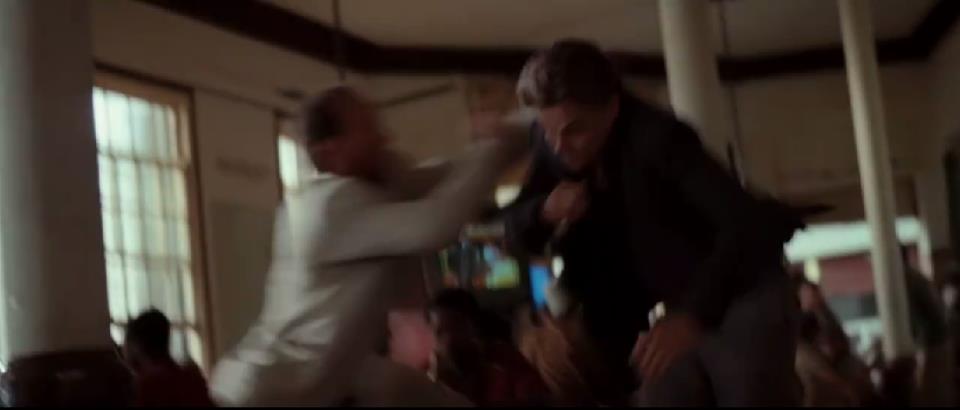
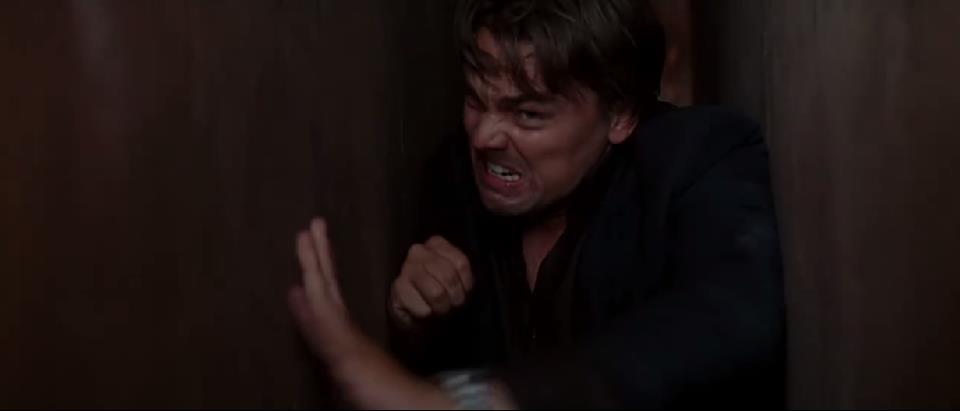

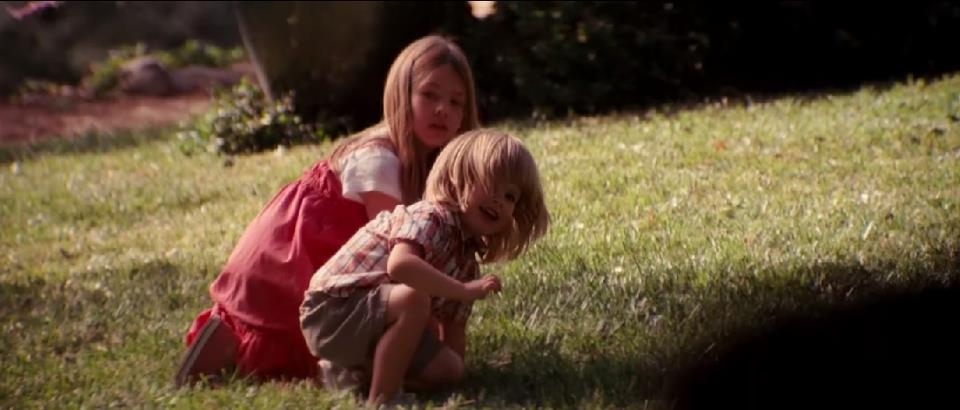
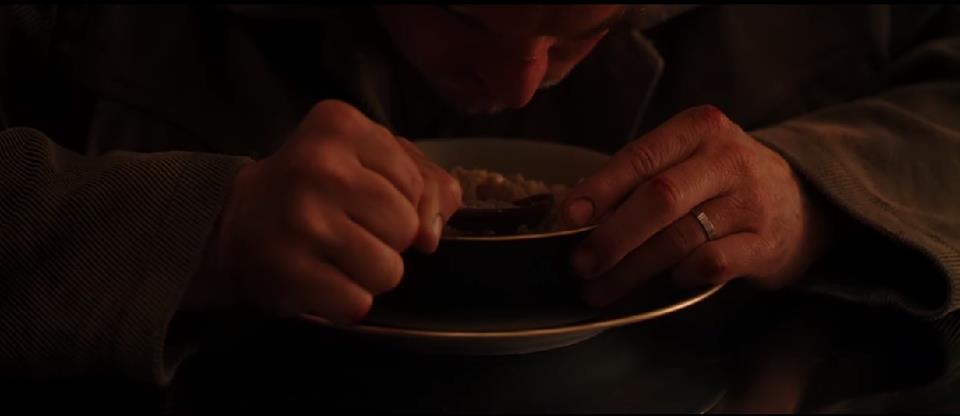
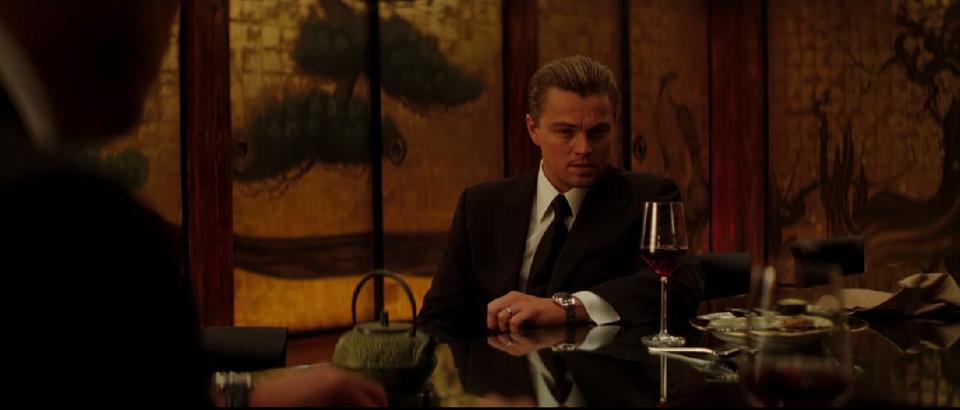
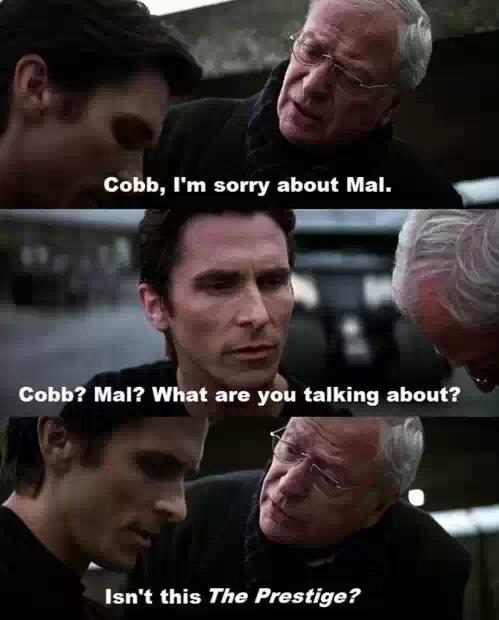
interesting !
Thanx Alok
Keep us reading more, mate. Good one!
Sure Virendra… Will write next one on the unsung hero, Piyush Mishra and another on very less known about the well known polymath, Gulzaar saab.
I do not even know how I ended up here, but I thought this post was great. I do not know who you are but definitely you’re going to a famous blogger if you aren’t already Cheers!
Cheers!
Thanx a tonne for the well-wishes but ‘Inception’ itself was a genuine inspiraton and all thanx to the complete team involved in successfully planting the idea of ‘Inception’
Speechless..
very comprehensive…
Thanx Arjun
iBaba ki jay……….!!!
Brilliant review bhai.
‘Questions raised’ are mind-blowing
I have never given any thoughts u mentioned above………..:(
I’m gonna watch it one more time……or two……i don’t know….
Thanku Daas… Will write next one on the unsung hero, Piyush Mishra and another on very less known about the well known polymath, Gulzaar saab.
And will (AGAIN) genuinely work on them, as per I promised the other day
It’s gonna be…
LEGEND…. wait for it….. DADDY!!
It’s gonna be LEGEND-DADDY one \m/
I in addition to my friends have been checking the great tactics located on your website and instantly I got a terrible feeling I never thanked the site owner for those secrets. The people had been consequently passionate to read through them and have quite simply been tapping into them. Thank you for indeed being so considerate as well as for using variety of amazing tips millions of individuals are really needing to be aware of. My honest regret for not expressing gratitude to earlier.
I like this web blog very much, Its a rattling nice situation to read and obtain info .
Thanku
great post! loved it and will come back
Great job publishing this post. I would like to read more on this topic.